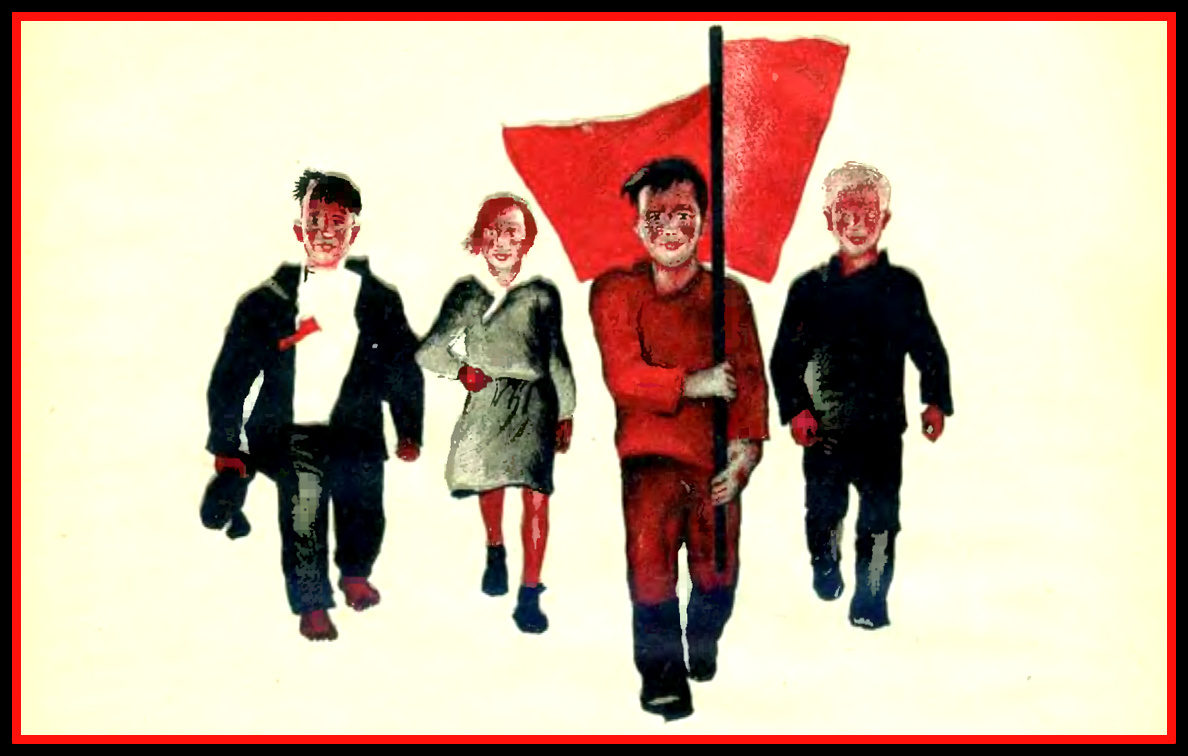
Figure 1. Skazka o mal’chike Pete, kotoryi nikogo ne boialsia na svete, ni komu klaniat’sia ne privyk, i kak emu v zabotakh i rabotah pomog dobryi staryi Ded-Elektrik, 1924 by Iakov Galitskii, Zinaida Valentinova, and Vasilii Artem’ev (Moskva: Novaia Moskva), 47.
In 1920, Vladimir Lenin acknowledged the electrification as a major Soviet project: “Communism is Soviet power plus the electrification of the whole country.” It is, therefore, not a surprise that Soviet children’s books did not keep children out of the electricity: conversely, since the mid 1920-s books such as Vchera i segodnia (Samuil Marshak, Vladimir Lebedev, 1925), Dva brata (Mikhail Andreev, Vladislav Tvardovskii, 1925), and many others showed how to deal with it.
The representation of electricity was a significant challenge because Soviet authors were to communicate the complex ‘scientific’ phenomenon to an unprepared audience. Depicting the socio-economic process of the electrification of the country was likewise problematic: besides creating visual-verbal narratives adequately representing the progressing electrification, book authors had to keep updating these narratives in order to promptly showcase the most recent achievements of the project.

Figure 2. Egor-Monter, 1928 by Nikolai Smirnov, Olga Chichagova, and Galina Chichagova (Moskva: Gosudarstvennoe Izdatel’stvo), 15.
The greatest challenge, however, was to adjust the nascent language of Soviet children’s literature for a representation of the electricity and electrification. In practice, Soviet authors, among others, had to figure out how to put together a fantastic narrative, essential to children’s literature, and a ‘scientific’ representation of the electricity. Should books in pursuing didactic goals entirely disenchant the electricity and represent it as a purely materialistic phenomenon? Or, rather, should books on the electricity preserve some degree of magic in order to remain being appealing to the early childhood? Focusing on books from Cotsen collection and beyond, in my essay, I will explore how during the 1920s to the 1930s, Soviet authors experimented with the representation of the electricity in order to find an optimal proportion of fantasy and factual data for children’s books.

